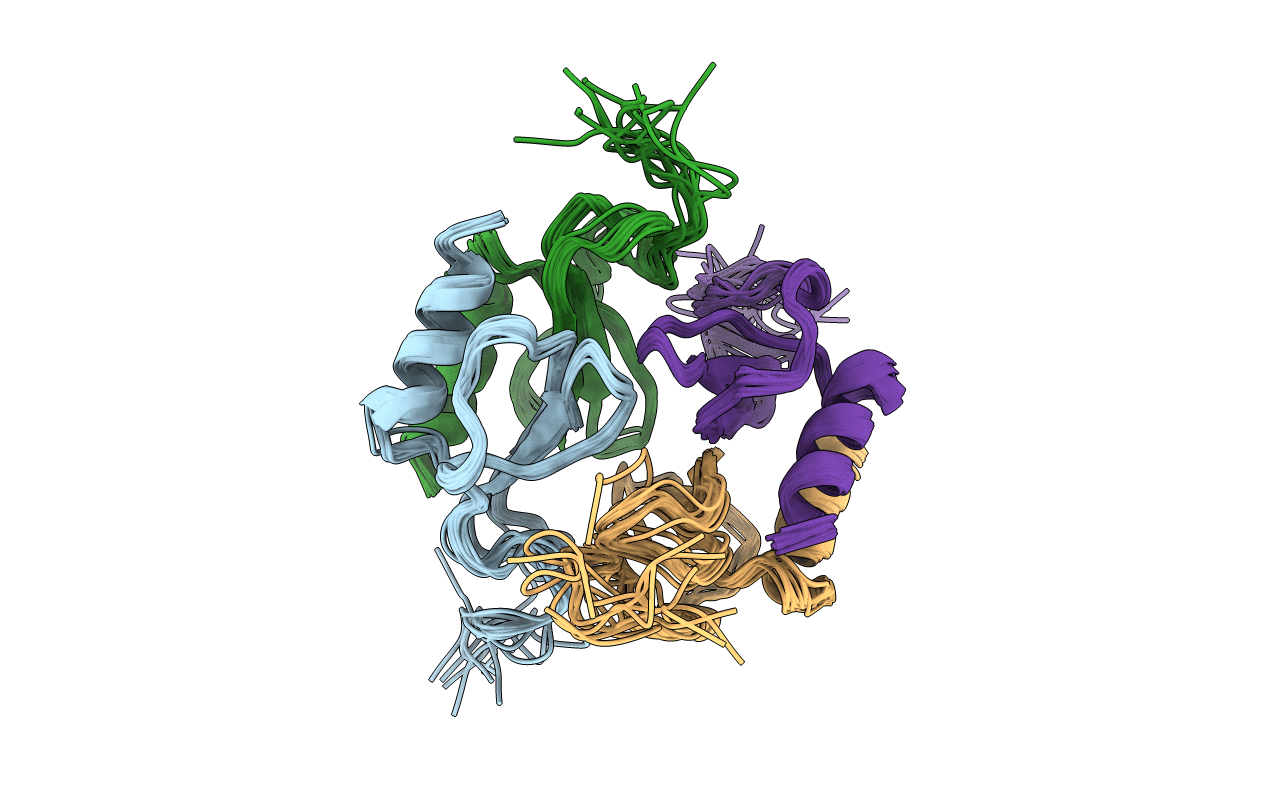
Deposition Date
1995-07-18
Release Date
1996-01-29
Last Version Date
2024-10-30
Entry Detail
PDB ID:
1PFN
Keywords:
Title:
PF4-M2 CHIMERIC MUTANT WITH THE FIRST 10 N-TERMINAL RESIDUES OF R-PF4 REPLACED BY THE N-TERMINAL RESIDUES OF THE IL8 SEQUENCE. MODELS 16-27 OF A 27-MODEL SET.
Biological Source:
Source Organism:
Homo sapiens (Taxon ID: 9606)
Host Organism:
Method Details:
Experimental Method:
Conformers Submitted:
12


